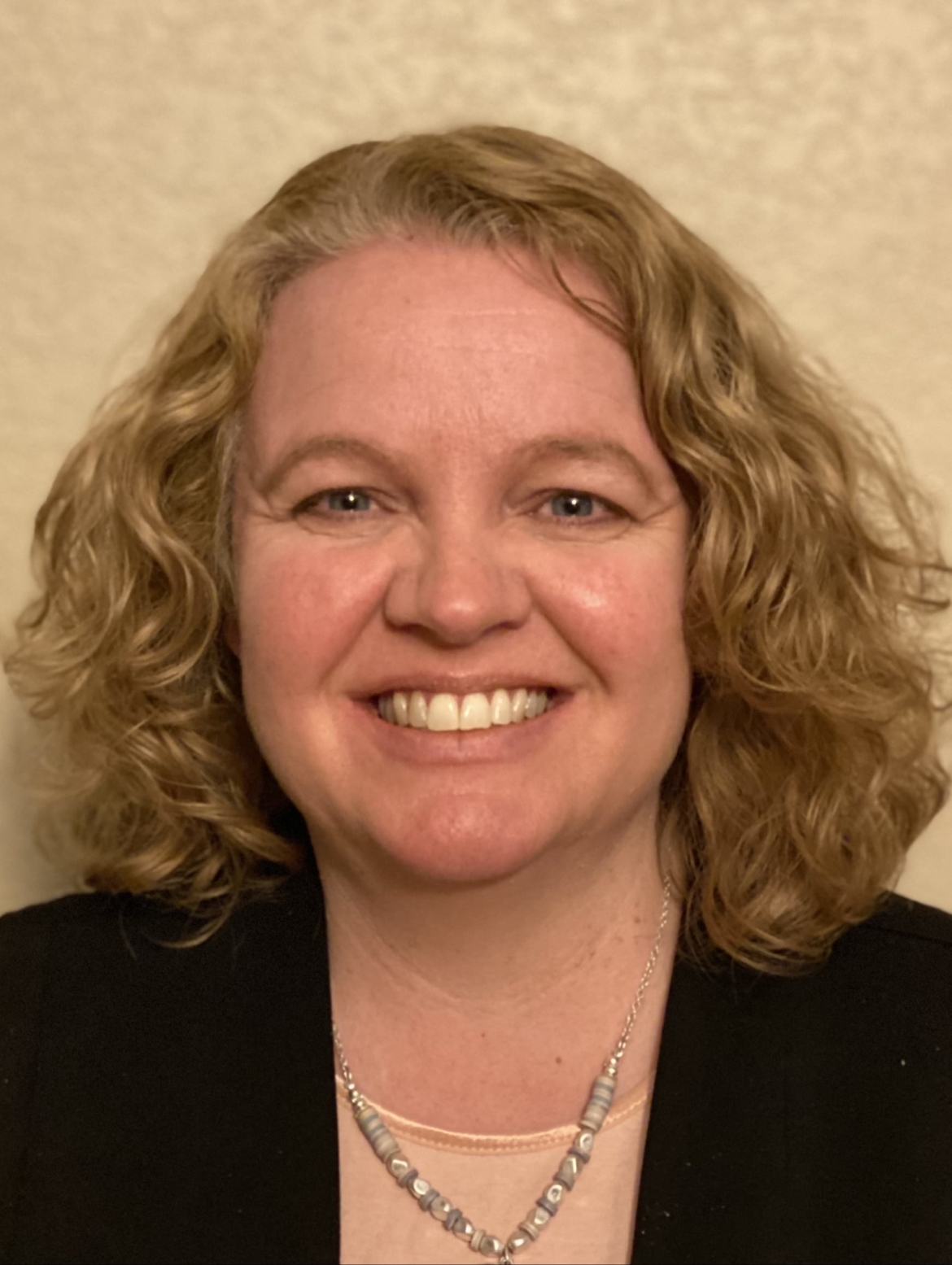
Becky A. McKay
Alicia Sanchez Elementary School
Lafayette, Colorado
becky.mckay@bvsd.org
Best Practices
1) “Teachers should be agents of change, not subjects of change” (from Leading People, Harvard Business School Online). This is something I have always believed in and worked toward as a school leader. In a staff survey conducted at DCIS at Fairmont, I was rated as 100% effective in “sharing ownership and responsibility for achieving school goals” and “Holding all staff accountable to high performance in an equitable manner.” The results of this survey demonstrate my deep commitment to empowering the staff with whom I work.
A “best practice” that allows teachers to be agents of change is distributive leadership. At Alicia Sanchez, I have worked alongside my principal to create a Building Leadership Team. This team guides, facilitates, and evaluates our school’s turnaround work. Distributive leadership builds capacity and empowers teachers. More importantly, it creates a sense of ownership for the important work we are doing as a school. On our most recent TLCC survey (Teaching & Learning Conditions Colorado) 89% of our staff agreed that our work is guided by a shared vision that is child centered. This is 3% higher than our district and state average. Clearly, shared leadership contributes to our sense of a shared vision.
It is important to recognize that every staff member can exercise leadership in his or her role. If distributive leadership is implemented well, everyone feels accountable for the leadership they provide for the school. In addition to creating a Building Leadership Team, my principal and I work to recognize the talents that everyone on staff brings to the table. Our recent TLCC survey indicated that 88% of our teachers agree that teachers have leadership opportunities at our school, 3% higher than the state average. I firmly believe that as new leadership roles are created and shared, collaboration grows and much more is accomplished than what one or two leaders could possibly do for a school.
2) Using data to improve to improve practice IS best practice. Without collecting and analyzing data, you don’t know where you started and how much you’ve accomplished towards your goal. At Alicia Sanchez, data-based practice is particularly important as we work to ensure that each one of our students is supported and given every opportunity to be successful.
We began our turnaround process with the goals of making significant growth in academic performance and increasing positive behavior. In the past, too many students missed out on valuable instructional time because they were sent to the office for negative behaviors. Last year, we initiated data team cycles as we worked to support positive behavior and academic achievement. To support behavior, our staff was trained in Responsive Classroom and Second Step. After that, we kept track of negative behavior “referrals” in SWIS. Once a month, our grade level teams studied the data to determine how to better support students. In October 2019, we had our highest number of negative behavior referrals. Fortunately, our data-driven efforts were successful, and by February 2020, our daily average of negative behavior referrals had dropped by 85%. Positive behaviors took the place of negative behaviors, and our staff and students celebrated this tremendous achievement!
After receiving training in January from the University of Virginia, we are now fully implementing Data Driven Instruction. Through the use of interim assessments, data analysis, and reteaching, we are confident that we will meet our goals for increased academic achievement. At times, teaching to rigorous standards, assessing, and then reteaching can be exhausting. The process is worth every bit of energy we put into it, however. We have confidence that with our data-based approach, all of our students will have the opportunity to achieve their dreams.


